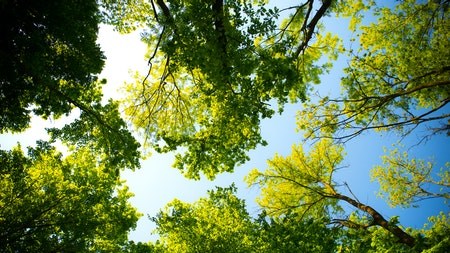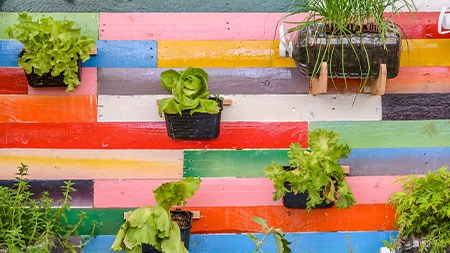Indigenous trees are trees that are native to an area. These trees are integral to the function of an area’s ecosystem, providing not only oxygen for humans and other animal species but also increasing the quality of soil and helping with climate regulation, among many other benefits. South Africa is renowned for its diverse plant life, with a large number of plant species available for residents to plant in their garden. This is also encouraged by the government and ecological organisations, with the planting of exotic trees discouraged, because planting indigenous trees benefits the broader community.
Find an ideal home for you to plant indigenous trees in.
The differences between indigenous trees and exotic trees
As mentioned above, indigenous trees are trees that are naturally found in a particular region. Examples of indigenous South African trees include the acacia tree, African holly (Ilex mitis), the baobab, the mopane tree, and more.
Exotic trees are trees that originate from a different region. Although beautiful, planting these trees can have a disastrous effect on the local ecosystem. For starters, exotic trees tend to require more water which can put a strain on the indigenous plant life around them. They’re also prone to infestation, die out easily and cause subsidence, a problem that occurs when the soil beneath the ground becomes uneven which can potentially ruin structures in the area.
Unlike exotic trees, planting indigenous trees has a myriad of benefits.
What are the benefits of planting indigenous trees?
Indigenous trees help with improving soil quality by increasing water retention, which reduces the amount of runoff waste that ends up in the ocean.
Trees help with regulating climate. Areas with fewer trees are scientifically proven to be warmer than areas with dense foliage.
Trees are scientifically proven to boost wellbeing, with research showing that those who are exposed to trees daily are less likely to become depressed than those that aren’t.
They maintain the local ecosystem by providing food and shelter for many animals.
They can serve a decorative function.
They can help with increasing curb appeal and thus property value, which is why much emphasis has been placed on planting trees in disadvantaged areas, to correct spatial inequalities.
They filter pollution; and
They are lower maintenance than exotic trees.
Things to consider before planting indigenous trees:
Some indigenous trees should only be planted in their natural habitat. For example, the Outeniqua Yellowwood which is our national tree is naturally found in mountainous areas and forests in the northern, eastern and southern areas of the country. Therefore, you should only plant it if you live in those areas.
With the above point in consideration, always research whether a tree is endemic to your particular area before planting it.
Consider the climate of your area. Besides considering if a tree is endemic to your area, you should consider whether it has the ability to flourish in your climate. It wouldn’t make sense to plant a tree that is coastal resistant in a coastal area.
Consider the amount of rainfall your area gets.
Plant your tree in the right area. This means considering your garden size. If you’re planting near your house, make sure you plant trees that don’t grow too tall as you’ll have to clean the shedding leaves from the roof frequently and it may block sunlight.
Some trees have far-spreading roots, so they must be planted far from the house.
Trees that bear fruit can attract bats, which can be problematic as you’ll have to clean their excrement.
Consider if your tree will infringe on your neighbour’s property when it grows bigger. Make sure it’s in a location that wouldn’t cause issues regarding leaves or fruit falling into their pool or yard.
Consider if you’re planting a tree for medicinal, hedge, or windbreaker use.
Here are 3 examples of indigenous trees you should consider planting in your garden:
1. Outeniqua Yellowwood (Afrocarpus falcatus)
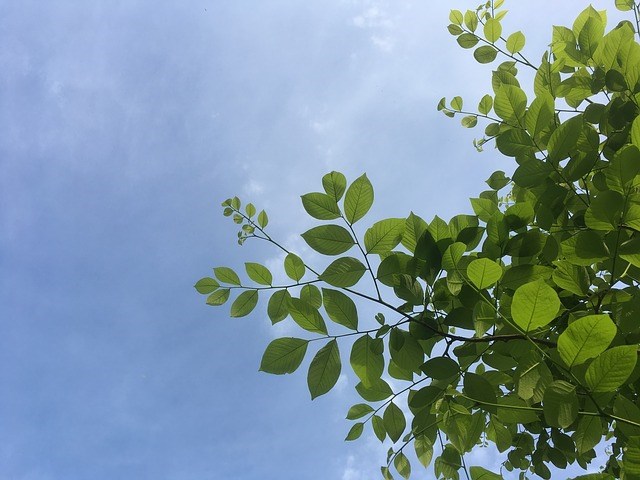 The Outeniqua Yellowwood is an evergreen tree that is drought resistant. It has an average growing speed and can be grown in a pot as an ornamental or feature tree, which means you can opt to grow it indoors.
The Outeniqua Yellowwood is an evergreen tree that is drought resistant. It has an average growing speed and can be grown in a pot as an ornamental or feature tree, which means you can opt to grow it indoors.
The Yellowwood has functional features as well, considering that it can be grown for hedging or providing shade. It’s also ideal as a windbreaker as it has great wind tolerance. This also makes it suitable to be planted in coastal regions of South Africa.
This tree grows fruit that ripens in summer and autumn. This fruit is non-edible for humans but is the main attraction for various bird species. The best part about the Outeniqua Yellowwood has to its bark and the fact that it’s tree-house and kid-friendly, meaning your kids can climb away to their hearts’ content. In addition to this, this tree doesn’t shed much, so you won’t be raking your garden that much.
It’s important to note that this tree is only indigenous to certain parts of South Africa, usually those with natural forests, such as Kosi Bay, Swellendam, and western Soutpansberg.
2. Acacia/Sweet Thorn/Vachellia Karroo
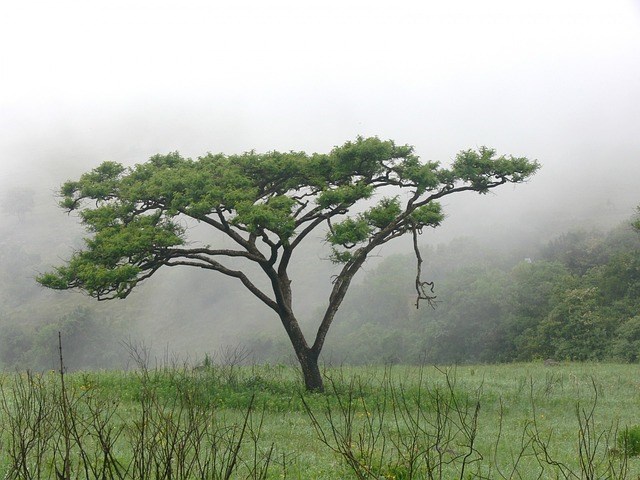 The acacia is one of South Africa’s most well-known trees. There are over 1,300 species of acacia worldwide, making it quite diverse. Characterised by its white thorns, it is a hardy tree that is also semi-deciduous. It grows quite fast and is resistant to drought.
The acacia is one of South Africa’s most well-known trees. There are over 1,300 species of acacia worldwide, making it quite diverse. Characterised by its white thorns, it is a hardy tree that is also semi-deciduous. It grows quite fast and is resistant to drought.
This tree can be spotted in savannahs, where it makes a frequent appearance among wildlife when people go for a safari drive. It’s no wonder this tree forms an integral part of the food chain, acting as food and shelter for various insect and animal species.
The acacia also has medicinal value and they provide a lot of shade despite their little leaves, all thanks to their dome shape which is an evolutionary feature. Planting an acacia tree in your garden will definitely add to your home’s exterior appearance.
3. Wild Peach Tree/ Wildeperske (Kiggelaria africana)
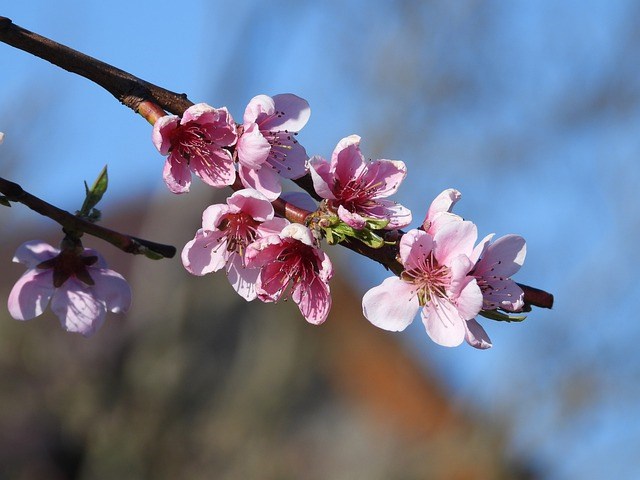 This evergreen tree is drought-resistant and grows significantly fast. It is perfect for those with small gardens. If you live in the Cape or any other coastal area in South Africa, you can still plant the wild peach tree in your garden as it has good coastal and wind tolerance.
This evergreen tree is drought-resistant and grows significantly fast. It is perfect for those with small gardens. If you live in the Cape or any other coastal area in South Africa, you can still plant the wild peach tree in your garden as it has good coastal and wind tolerance.
You can grow this tree as a hedge or screen and it’s suitable to plant in a pot. This beautiful tree bears fruit in summer and autumn and flowers in spring, meaning it’ll make your garden look aesthetically pleasing.
The fruit attracts birds, whereas the tree itself is a host plant to the Garden Acraea butterfly. The benefits of the wild peach tree are that it can be planted in heavy clay soil, and it produces minimal fruit, flower, and leaves shedding.
Indigenous trees are important for the county’s various ecological systems. There are many benefits to planting an indigenous tree, with Yellowwood, acacia, and wild peach being a few options you can consider for your garden.
